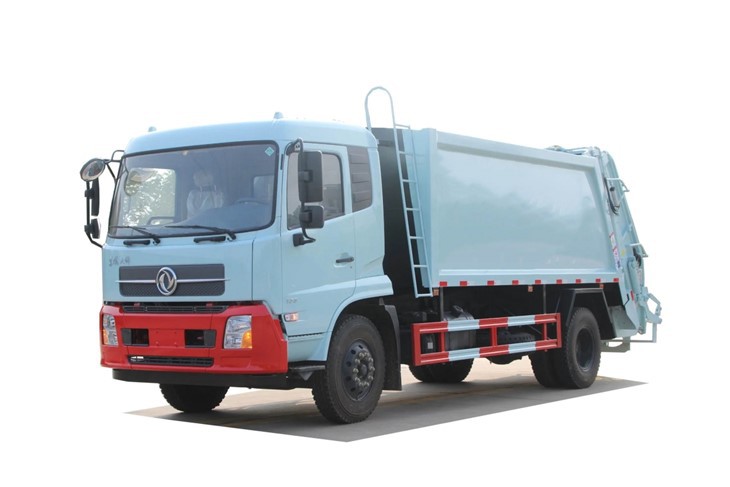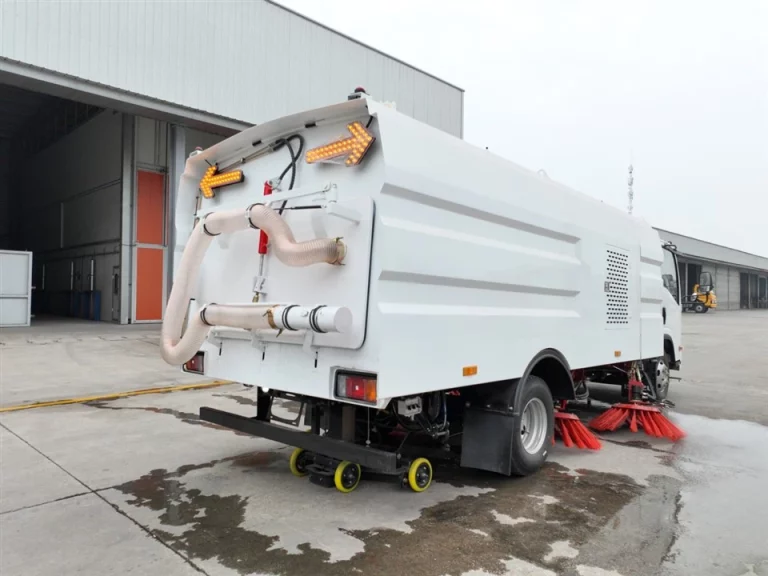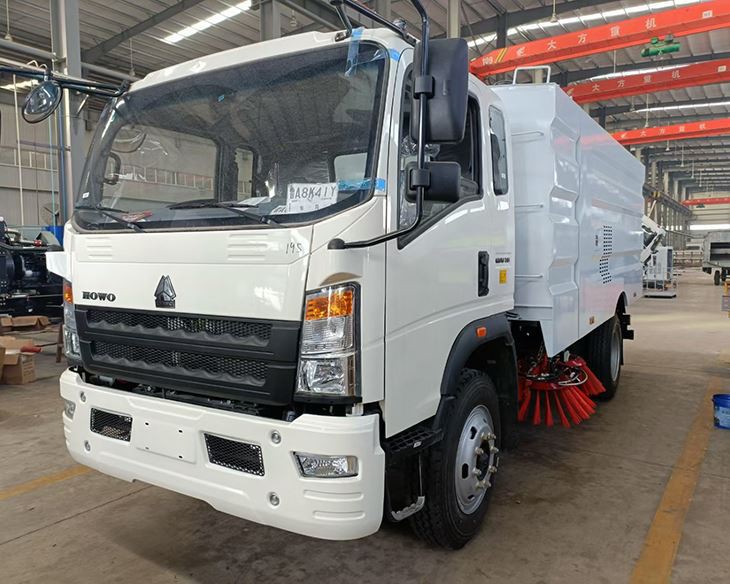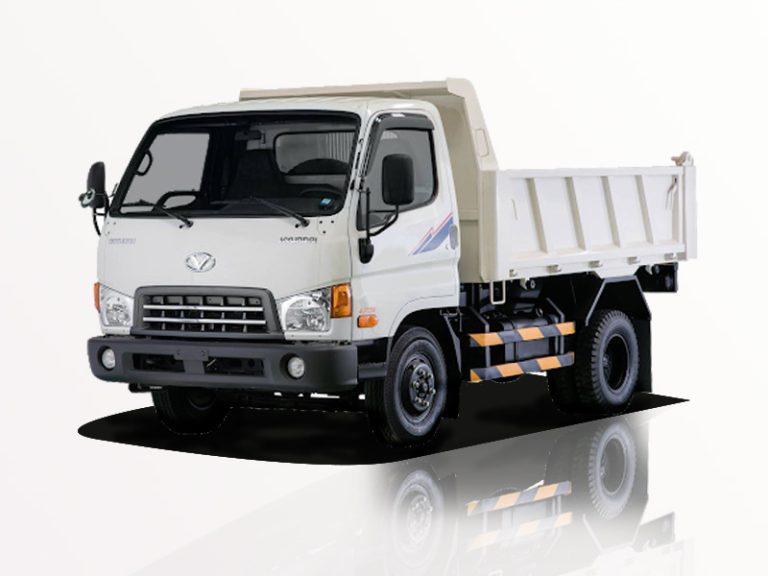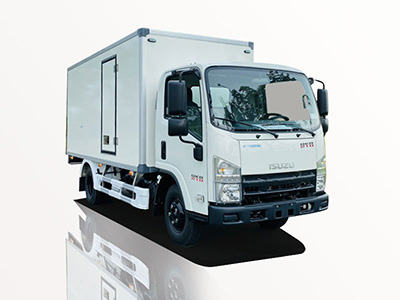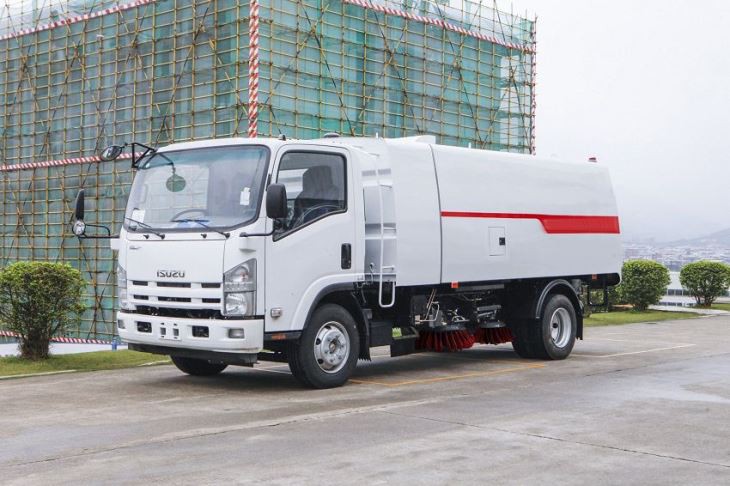When it comes to emergency services, fire trucks are among the most essential vehicles. With a variety of fire truck models designed for different purposes, understanding what each model offers can help you make informed decisions whether you are a fire chief, a firefighter, or simply a fire truck enthusiast. This comprehensive guide to fire truck models dives deep into their types, uses, features, and more to provide you with all the information you need.
Understanding Fire Truck Models
Fire trucks are specialized vehicles designed to transport firefighters and equipment to the scene of a fire. Different models serve varying functions, from providing water to rescue operations. The primary classifications of fire truck models include:
- Fire engines
- Fire trucks
- Water tenders
- Aerial trucks
- Rescue vehicles
Fire Engines vs. Fire Trucks
It is essential to differentiate between fire engines and fire trucks. Fire engines, also known as pumpers, are geared towards water supply and firefighting capabilities. They are equipped with hoses, water tanks, and pump systems. In contrast, fire trucks are often aerial units designed to provide rescue capabilities and support operations with tools and equipment, including ladders and rescue tools.
Types of Fire Truck Models
1. Pumpers
Commonly known as fire engines, pumpers are equipped with water tanks and pumps to deliver water to various incidents. They are the backbone of most firefighting operations.
2. Aerials
Aerial trucks are distinct for their extendable ladders, allowing firefighters to reach high places. These are essential in high-rise firefighting operations where access is limited.
3. Water Tenders
Water tenders, also termed as tankers, are designed to transport large quantities of water to areas lacking hydrants. They play a crucial role in rural firefighting.
4. Rescue Vehicles
Rescue trucks are equipped for emergency rescues and often contain medical equipment to provide immediate care to injured individuals during incidents.
5. Brush Trucks
Brush trucks focus on fighting wildfires and are designed with off-road capabilities to navigate rough terrain. They typically have a lower profile and can access hard-to-reach areas.
6. Quint Fire Trucks
A Quint is a versatile fire truck that combines the features of a fire engine and an aerial truck. This type of truck can pump water, transport firefighters, and provide aerial capabilities.
Key Features of Fire Truck Models
Fire truck models come with various features that enhance their effectiveness in emergencies:
- Water Pumps: High-capacity water pumps are critical for firefighting. They can deliver water at high pressures and volumes.
- Ladders: Extendable ladders are pivotal for accessing upper floors or rooftops.
- Medical Equipment: Many models include medical kits for immediate patient care.
- Storage Compartments: Adequate storage for tools and equipment is necessary for quick access during emergencies.
- Communication Systems: Modern fire trucks are equipped with radios and communication devices to coordinate with other emergency services.
Choosing the Right Fire Truck Model
Choosing the right fire truck model involves several considerations tailored to specific needs. Here are some key aspects to consider:
1. Assess Operational Needs
Determine the main operational activities (e.g., urban firefighting, rural fire suppression, rescue operations) your fire department carries out. This influences the type of fire truck models suited for your tasks.
2. Consider the Area Served
Evaluate the geographical features of the area you serve. Urban environments may require different trucks compared to rural settings. For instance, brush trucks can be imperative in forested areas prone to wildfires.
3. Budget Constraints
Fire trucks are significant investments. It’s essential to establish a budget for future purchases or upgrades while considering maintenance costs associated with various models.
4. Training and Capability
Ensure that your firefighting staff is adequately trained for the specific model you choose. Advanced technologies may require specialized training sessions for effective use.
Practical Examples of Fire Truck Models
When discussing fire truck models, it’s helpful to provide practical examples. Here are some notable fire truck models:
| Model | Type | Key Features |
|---|---|---|
| Ferrara Inferno | Pumper | High-capacity water pump, customizable configurations |
| E-One Cyclone II | Aerial | Elevating platform, advanced aerial ladder deployment |
| Bronto Skylift | Aerial | Extensive reach, versatile operations |
| Freightliner 114SD | Water Tender | Large water capacity, off-road capability |
| Kenworth T370 | Rescue Vehicle | Comprehensive medical equipment, versatile response |
Maintenance and Care for Fire Trucks
Regular maintenance of fire truck models is critical to ensuring their reliability during emergencies. Here are maintenance tips:
1. Monthly Inspections
Regular inspections should include checking fluid levels, tire conditions, and essential operational equipment. Look for wear and tear on hoses and pumps.
2. Annual Servicing
Schedule comprehensive servicing at least once a year to review all mechanical systems, including the hydraulic systems and pumps, to ensure functionality.
3. Cleaning
Keep fire trucks clean, both inside and out. A thorough cleaning prevents rust and damage and maintains appearance.
4. Equipment Inventory
Regularly inventory consumable supplies and firefighting equipment. Replace expired or broken items promptly.
Getting Involved: Fire Truck Model Enthusiasts
For those interested in fire truck models beyond professional use, getting involved in the fire truck community can be rewarding:
1. Attend Fire Shows
Fire shows and exhibitions often feature various fire truck models. This is a great way to see different fire trucks up close, learn about their features, and network with fellow enthusiasts.
2. Join Online Forums
There are numerous online platforms and forums dedicated to fire truck enthusiasts. These communities can be great for sharing experiences, maintenance tips, and model specifications.
3. Collect Miniature Models
Collecting miniature models of fire trucks is a fun way to appreciate these vehicles. Many companies produce scale models that replicate real-life fire apparatuses.
FAQ Section
What are the primary differences between a fire engine and a fire truck?
A fire engine, or pumper, is primarily designed to supply water and fight fires. In contrast, a fire truck is usually an aerial apparatus equipped with ladders and tools more focused on rescue operations.
How much does a fire truck cost?
The cost of a fire truck can range significantly based on the model and customization, typically anywhere from $250,000 to $1,000,000 or more for specialized or advanced models.
What is the average lifespan of a fire truck?
Generally, fire trucks can last between 15 to 30 years, depending on maintenance, usage, and manufacturer standards.
Are fire trucks used for any other purpose besides fighting fires?
Yes, fire trucks may also respond to medical emergencies, vehicle accidents, hazardous materials incidents, and natural disasters.
What types of certifications do fire truck operators need?
Fire truck operators typically require certifications that include firefighting training and specialized vehicle operation training, often issued by fire departments or state agencies.
How can I participate in fire truck training programs?
Many fire departments offer volunteer opportunities that come with training programs. Check your local fire department or inquire about local firefighting schools for available options.

